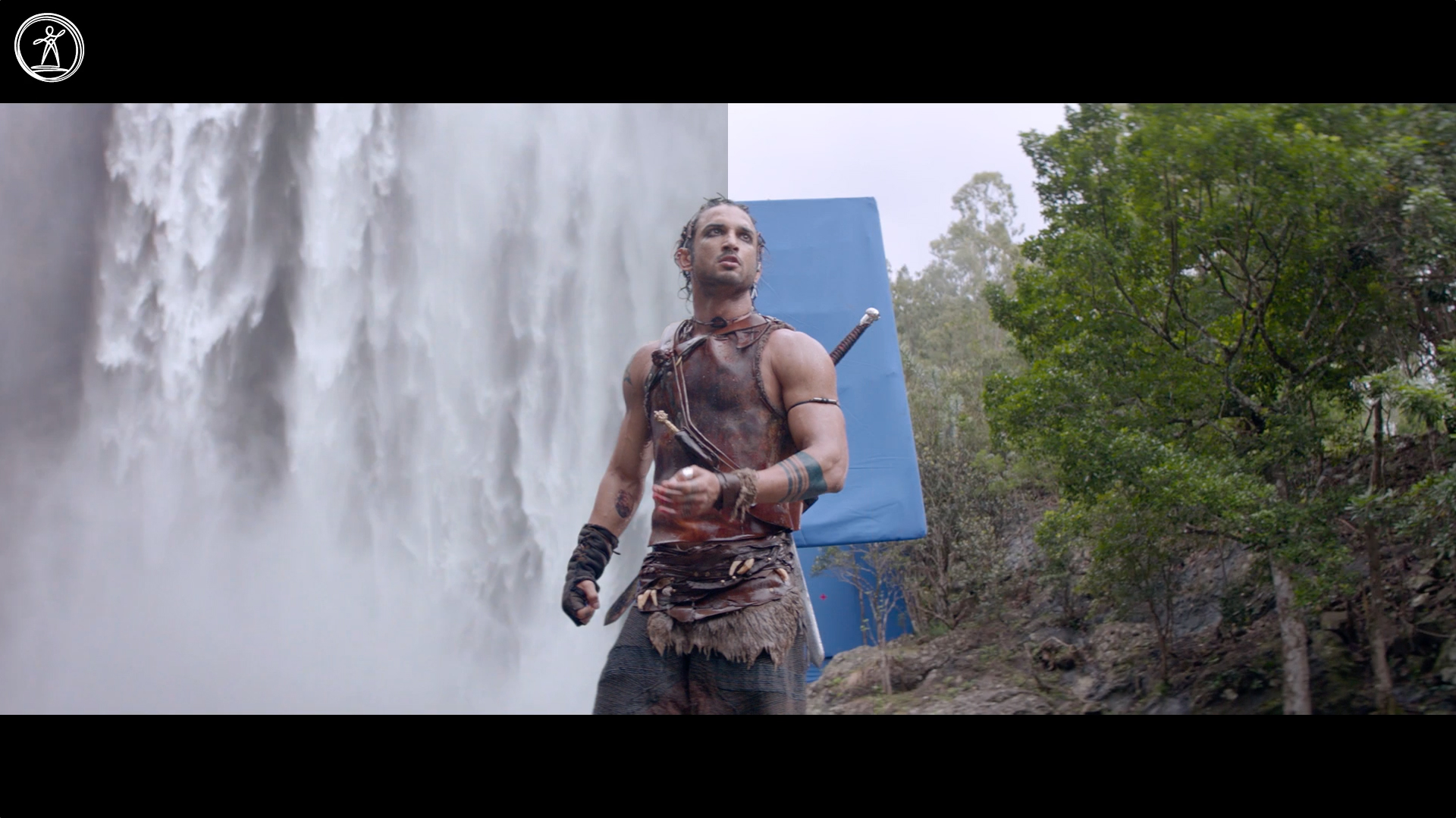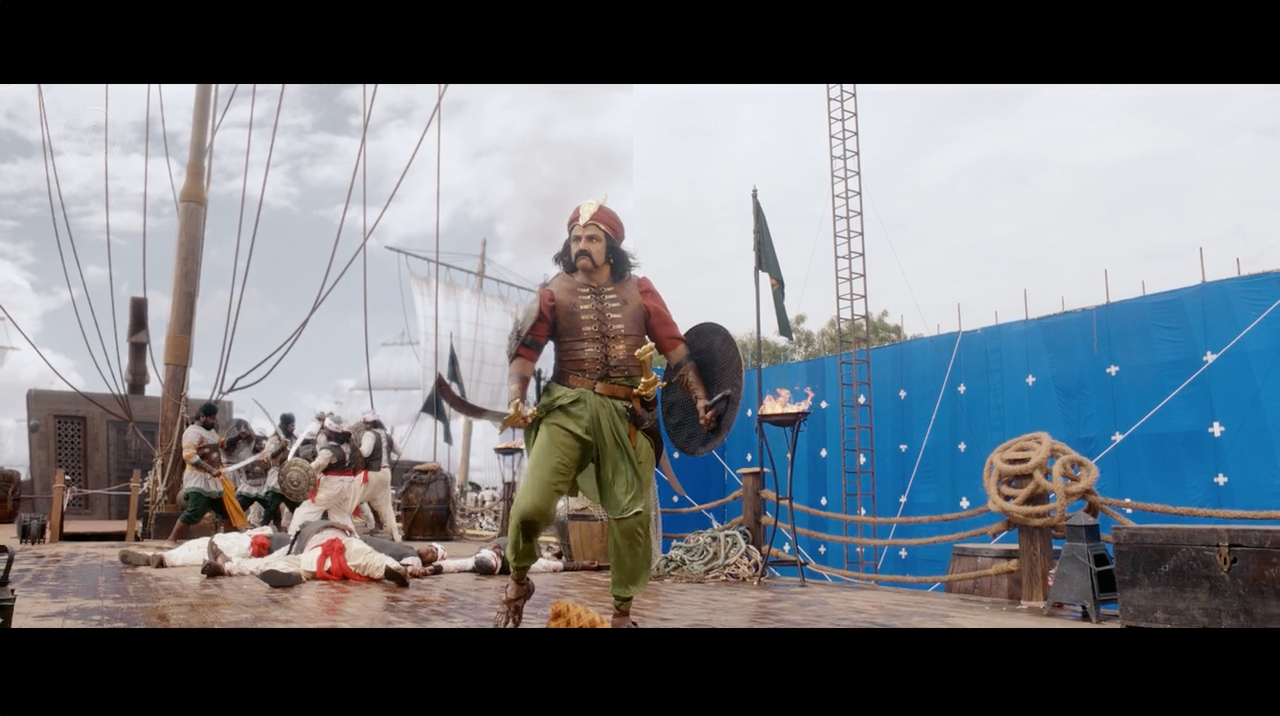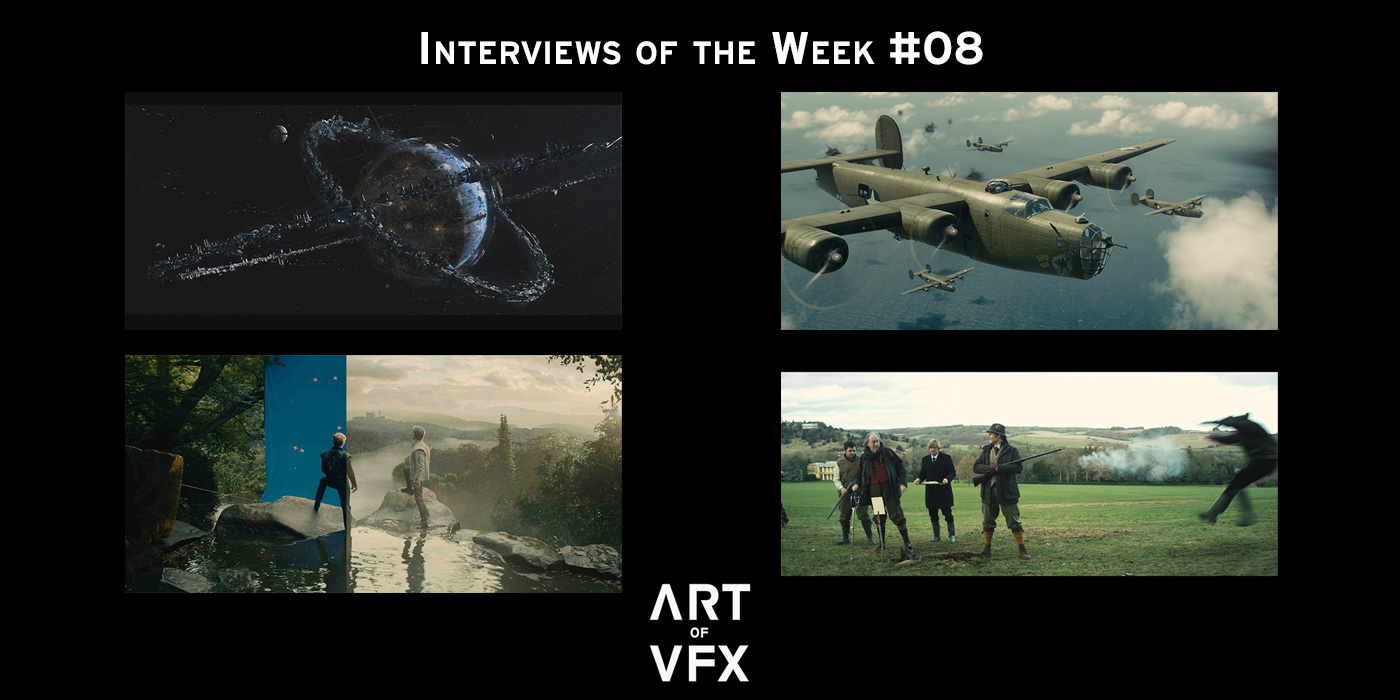Ben Murray has worked over 10 years as an Inferno / Flame artist. He then helps Prime Focus World to developed his stereo pipeline and he worked on films such as MEN IN BLACK 3, FRANKENWEENIE or NOAH.
What is your background?
I have worked in the VFX industry for over 15 years initially as an Inferno artist and then as the co-owner of Clear Post Production in London. Prime Focus bought Clear and then I subsequently spent 7 years on and off working in India for Prime Focus helping to set up our global VFX and Stereo pipelines. The opportunity arose 4 years ago to help set up our stereo divisions, which I leapt at.
How did you get involved on this show?
Paramount Executive Stereographer Corey Turner and I started discussing TRANSFORMERS whilst we were working on NOAH, which was on an incredibly tight deadline. We just rolled off that show straight into AGE OF EXTINCTION after a couple of weeks break.
Can you tell us more about your collaboration with Executive Stereographer Corey Turner?
Having already developed a great rapport with Corey Turner on NOAH (and before that, on WORLD WAR Z, MEN IN BLACK 3 and others) he knew what the Prime Focus Stereo team can achieve. It was easy to put up various options to help achieve the stereo vision he had for TRANSFORMERS.
What was your approach on this new project?
The objective was to make the Transformers look larger than life (not miniature) and also take full advantage of the VFX element breaks outs from ILM which allowed us to get the stereo detail required by Corey.
Can you describe one of your days during the post?
The days started early 7AM with calls to our Mumbai stereo leads to go over shots and the best way to achieve the stereo look we were trying to achieve. We then would have 4 sets of dallies dealing with Mumbai shots and Vancouver shots. Then finishing off the day at around 8PM in the evening calling the stereo leads to go over their shots.
What were the expectations of director Michael Bay about the stereo aspect?
The very simple directive from Michael Bay was to make the stereo as awesome as possible.
Can you explain in details about your stereo work?
We did a number of things on this show over and above our normal conversion work:
- Balancing native footage with our converted shots and other natively shot footage so we didn’t get any depth ‘jump cuts’. We were able to expand the depth of the natively shot footage and at the same time increase the facial sculpture on the characters as some of the shots used long lens, which generally flatten out the depth and internal sculpture of characters. Conversely we also reduced depth on a number shots to make sure they were balanced in the stereo cut.
- Elements integration: Our ability to liaise with the VFX vendors on the show allowed us to acquire the necessary elements for each shot, which in turn allowed us to add extra depth to virtually every element in the shot.
- VFX augmentation: We added over a hundred VFX augmentations to shots in this show. This included generating our own stereo smoke, snow and dust particulates which we then stereo composited back onto our converted shots. There were also a number of shots for which the left hero eye was used for the 2D release.
- Landscape mesh building: We generated our own Zdepth for a number of the landscape IMAX shots using in-house techniques, which allowed us to perfect the level of sculpting so that it surpassed anything we have done before on these type of shots. It also ensured that there was absolutely zero depth sliding in these shots.
Can you tell us more about the work you did on the characters faces?
Corey Turner is very sensitive to facial sculpting so, a lot of time was spent ensuring that the core shapes of the face, cheekbones and muzzles were always placed in the correct depth and all characters’ facial sculpts were consistent.
How did you create the various stereo VFX elements?
We have our own in-house elements team, who are familiar with Houdini, Maya and Nuke, and various proprietary tools which enable them to get to the desired result very quickly. They have had a lot of experience doing similar shots for various other shows.
How did you collaborate with the ILM teams?
Sending our own elements team into ILM Vancouver was hugely beneficial to both us and ILM. It allowed us to get exactly what we wanted for our conversion process but it also allowed the ILM teams the time to concentrate on finishing their shots whilst we sorted out the element packages.
Was there a shot or a sequence that prevented you from sleep?
No not really, we had a plan for all of the shots and we were aware of the shots that were going to be late delivering and made sure that at least these were Geo locked, which allowed us to get sign off on depth. We also made sure the element break outs reduced our paint requirements to virtually nothing
How did you work with the other offices of Prime Focus World?
We have a long history of working with our Mumbai teams and I know most of the artists and leads personally, having spent so long working in Mumbai with them – 7 years on and off. The process is completely seamless now.
What do you keep from this experience?
It is never too late to deliver a final VFX plate… and we will deal with it!
How long have you worked on this show?
12 weeks.
How many shots have you done?
72 mins which equates to 1328 shots.
What was the size of your team?
I’m not sure of the exact numbers, but we did utilize our London, Mumbai and Vancouver teams.
What is your next project?
We’re currently working on TEENAGE MUTANT NINJA TURTLES – again, with Corey Turner.
What are the four movies that gave you the passion for cinema?
A FISTFUL OF DOLLARS, BLADE RUNNER, DUNE and STAR WARS.
A big thanks for your time.
// WANT TO KNOW MORE?
– Prime Focus World: Dedicated page about TRANSFORMERS: AGE OF EXTINCTION on Prime Focus World.
© Vincent Frei – The Art of VFX – 2014









